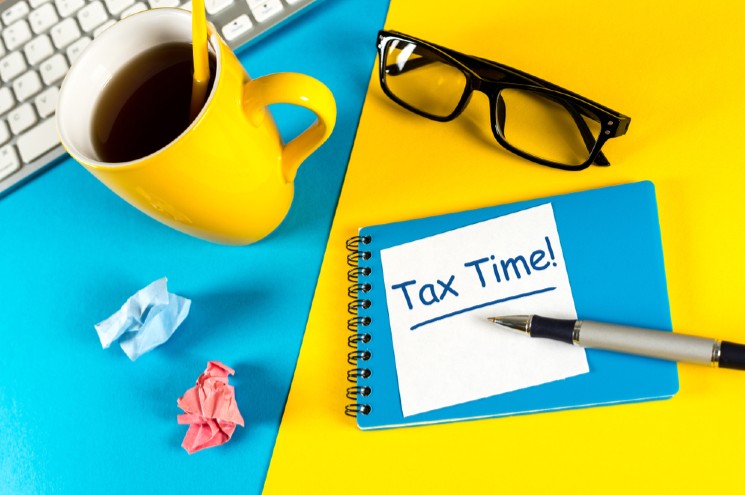The old maxim is that nothing is certain except death and taxes, and that’s true even if you’re self-employed. The IRS considers you self-employed if you:
- Carry on a trade or business as a sole proprietor or an independent contractor
- Are a member of a partnership that carries on a trade or business
- Are otherwise in business for yourself
We share tips on how to file taxes when you’re self-employed to make the process as simple as possible.
As a self-employed individual you are required to file an annual tax return, pay estimated tax quarterly, and must generally pay self-employment tax as well. For a business you operated as a sole proprietor, Schedule C or Schedule C-EZ will be used to report your income or loss, and which you use depends on earnings and expenses. Schedule SE will be filed as well, after your totals are calculated, as this is where you report the deductible part of the self-employment tax, which is typically 7.65% of net income.
Gather Your Necessary Paperwork
If you are self-employed, you’ll gather your earning statements, receipts and invoices, and calculate what your earnings were. Again, depending on your income, you will use the appropriate form, complete it and submit it with any accompanying documentation required. If you work as an independent contractor, you will receive 1099 forms from your clients, indicating the amounts they paid you during the year. You will need these along with any other documentation needed to complete your tax paperwork.
You may be able to take a deduction for your home office, and business supplies like printer ink, writing implements and your computer, as well as any additional deductions to which you are entitled. Gas, travel, and some entertainment costs are eligible, as are health insurance premiums. Be certain you have all the receipts and paperwork you need to back up all claims.
A Good Practice is to Start Early
To avoid errors, get your paperwork and documentation together early, and keep up with your receipt/invoicing organization. Filing missteps are common but can be avoided. Estimating quarterly taxes are often an area where the self employed can run into trouble, so it’s best to plan for this in advance. Quarterly taxes are generally due April 15, June 15, September 15 and January 15. Missing payment dates may subject you to penalties and fees.
What About the Solo 401(k)?
If you are self-employed and you maintain a Solo 401(k), then you know it is basically a standard workplace 401(k) plan but designed for a sole-proprietorship or owner-only business. Tax filing requirements for a Solo 401(k) are generally easy. In fact, if your plan assets do not exceed $250,000, you don’t need to file anything. But if your plan does exceed $250,000, plan participants must fill out a simple form called IRS Form 5500-EZ. The form can be filed electronically online and must be filed by July 31.
Learn more about what Form 5500-EZ entails.
Work with a Professional
Don’t be afraid to get professional tax advice when you have questions, as asking beforehand beats having to pay a penalty afterwards. There are calculators and software available online to assist with appropriate forms and paperwork.
Paying your quarterly or year-end taxes can be done electronically online, via www.irs.gov/epay.











